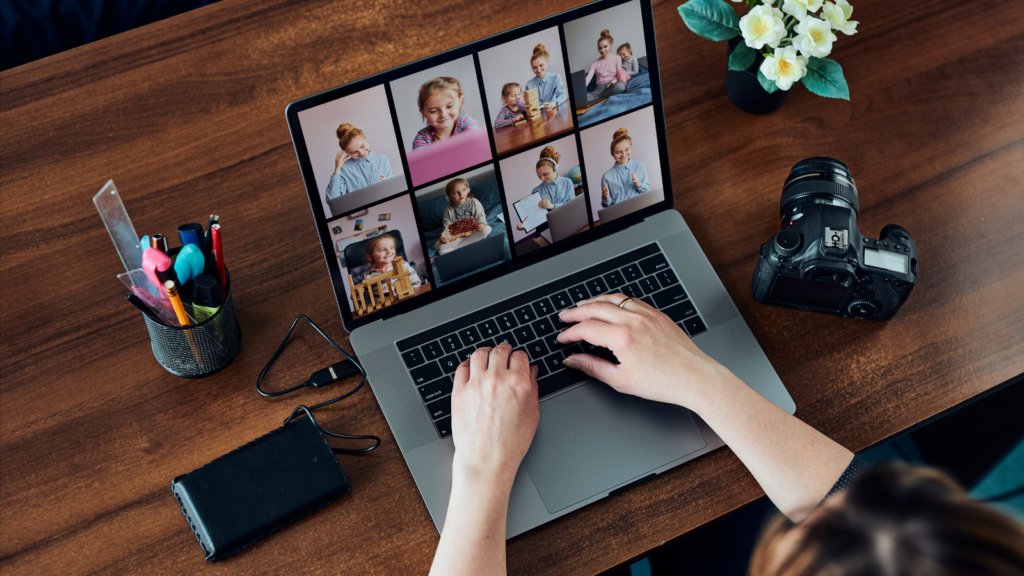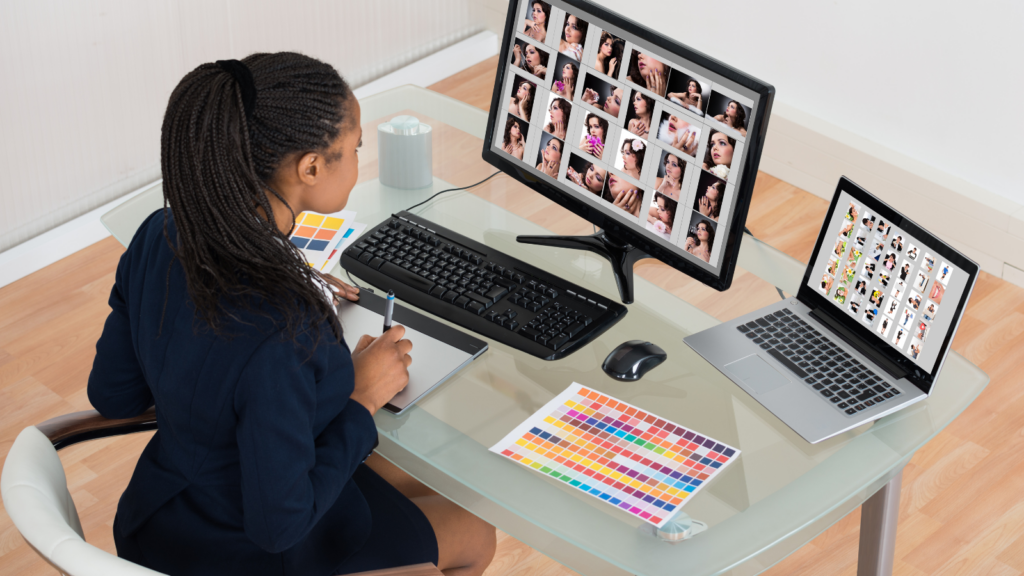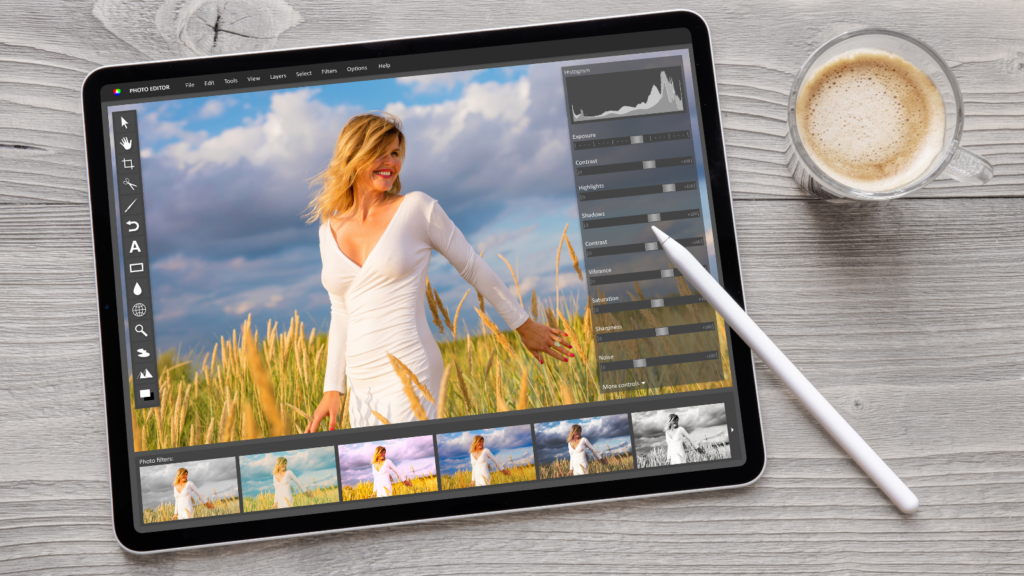In the world of digital artistry, photo manipulation techniques have emerged as a game-changer. They’ve revolutionized the way we perceive images, enabling artists to push boundaries and create visuals that are as captivating as they are surreal. From simple retouching to complex composites, these techniques have become indispensable tools in the arsenal of graphic designers and photographers alike.
Photo Manipulation Techniques

In the digital art realm, photo manipulation techniques play a fundamental role. They span a wide spectrum, from simple retouching to complex composites, offering diverse possibilities in visual creation.
Photo manipulation involves the alteration or transformation of a photograph using various methods and techniques. It’s not limited to basic image retouching; photo manipulation encompasses a broad range of processes, including color corrections, cropping, layering, composite construction, and enhancements created with an AI image generator tool.
Basic Photo Manipulation Techniques
Cropping and Resizing
A basic yet powerful manipulation technique, cropping, adds a renewed focus to your images. It’s the process of removing unwanted elements from an image or resizing it to fit a specific display size. For instance, a fashion photographer may crop a photo to highlight a model’s outfit rather than the entire scene.
Color Correction and Adjustment
Color correction and adjustment play an indispensable role in attaining a visually pleasing image. This technique allows the adjustment of color intensity, saturation, and brightness, enhancing the overall mood and feel of the image. Taking a sunset snap, for example, pushing the warmth and decreasing the brightness can create a more dramatic and vivid photo.
Retouching and Healing
Retouching and healing are pivotal to achieving clean and professional-looking photos. It involves removing skin imperfections, erasing unwanted spots or objects in the photo, or correcting blemishes. A portrait photographer, dealing with skin imperfections, might use this technique to create a flawless finished product.
Advanced Photo Manipulation Techniques
In the land of digital art, advanced photo manipulation techniques pave the way to more intricate and transformative visuals. They imbue images with custom aesthetics and amplify the story these visuals narrate.
Compositing and Collaging

Compositing refers to the combination of multiple visual elements from separate sources into one image, resulting in a cohesive final artwork.
In contrast, collaging involves piecing together different elements to create a harmonious design. The aforementioned techniques, when mastered, invite an expanded realm of creativity for designers.
Adding Effects and Filters
A single click can tweak an image’s dynamics using effects and filters. They serve as powerful tools for instantly changing a photo’s mood, tone, or style. Black and white filters, for instance, can turn a vibrant image into a melancholic, vintage portrait. Lens flares, another example, add a dramatic touch, thereby enhancing emotional impact.
Making Use of Textures and Patterns
Textures and patterns gift depth and dimension to images, offering an enriched visual experience. Leveraging these elements can lend a tactile quality to the visual narrative, encouraging viewer engagement. Consider water droplets on a window: their texture imparts a sense of tangible realness to a two-dimensional photograph. Place critical importance on choosing right, as textures hold the ability to elevate or detract interest from the main subject.
Essential Tools for Photo Manipulation
A variety of tools prove invaluable in photo manipulation, providing capabilities for intricate edits and transformations.
Software Applications for Photo Manipulation

A core aspect of photo manipulation involves using software applications skillfully. Adobe Photoshop leads the pack as the go-to software for professionals, providing extensive functionality for everything, from basic retouching to complex composites.
On novice users’ side, Skylum Luminar offers AI-powered features making advanced edits accessible.
Hardware and Accessories for Photo Manipulation
In regards to hardware and accessories, a computer with good processing power forms the base. High-performance graphics cards and ample RAM, allow seamless execution of photo editing software. A display with high color accuracy ensures the correct representation of images.
Unlocking Creative Possibilities
Photo manipulation techniques are transformative tools in digital artistry, reshaping our perception of images and offering endless creative possibilities. They’re essential for graphic designers and photographers, allowing for the creation of visuals that transcend traditional photography. As we continue to explore and understand these techniques, we’ll unlock their potential to create extraordinary visuals, always mindful of upholding ethical standards.



